Currently on view until 20 January 2023
Visit now at plicnik.space
In the current motion towards hyper-visibility, SUB·RS investigates fascination exerted by the invisible. The passenger shuttle is launched from the D02.2 spacecraft towards the earth, closing in on us, zooming into the body reimagined as exhibition site. Inspired by the iconic moving image work Powers of Ten, the authority of exponential powers as modes of visualisation are questioned. A world reveals other worlds. Reflecting on exploration ventures — such as submersion in the deepest terrestrial point: the Mariana Trench — the works are staged inside ‘cells’ that float in a liquid, causing a sense of interspatial disorientation.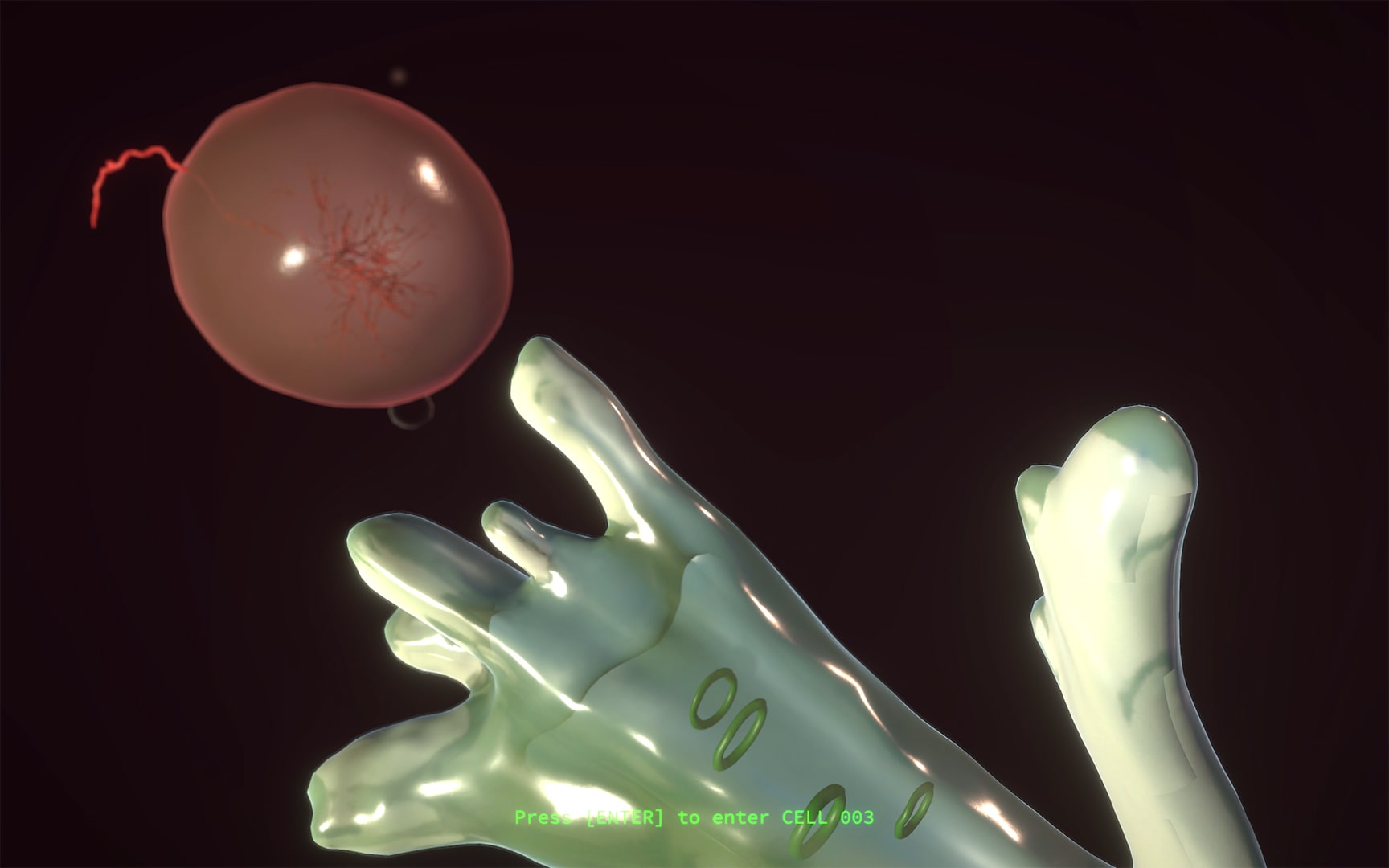
The different interaction modes play with ideas of invasiveness. To generate the artwork in CELL 002 one has to click on the escaping cockroach, invading another creature’s habitat and poking it with a cursor. Tontey wonders whether cockroaches could be the key to a sustainable future for humanity. Being marginalised for a thousand years as a carrier of diseases and fearsome species by the human counterpart, cockroaches bear agency as the only species that could survive manyfold extinction events and epochal transformations. What can we, humans, learn from cockroaches? And in turn, what can they learn from us? What is the method of reciprocity for human and non-human agency?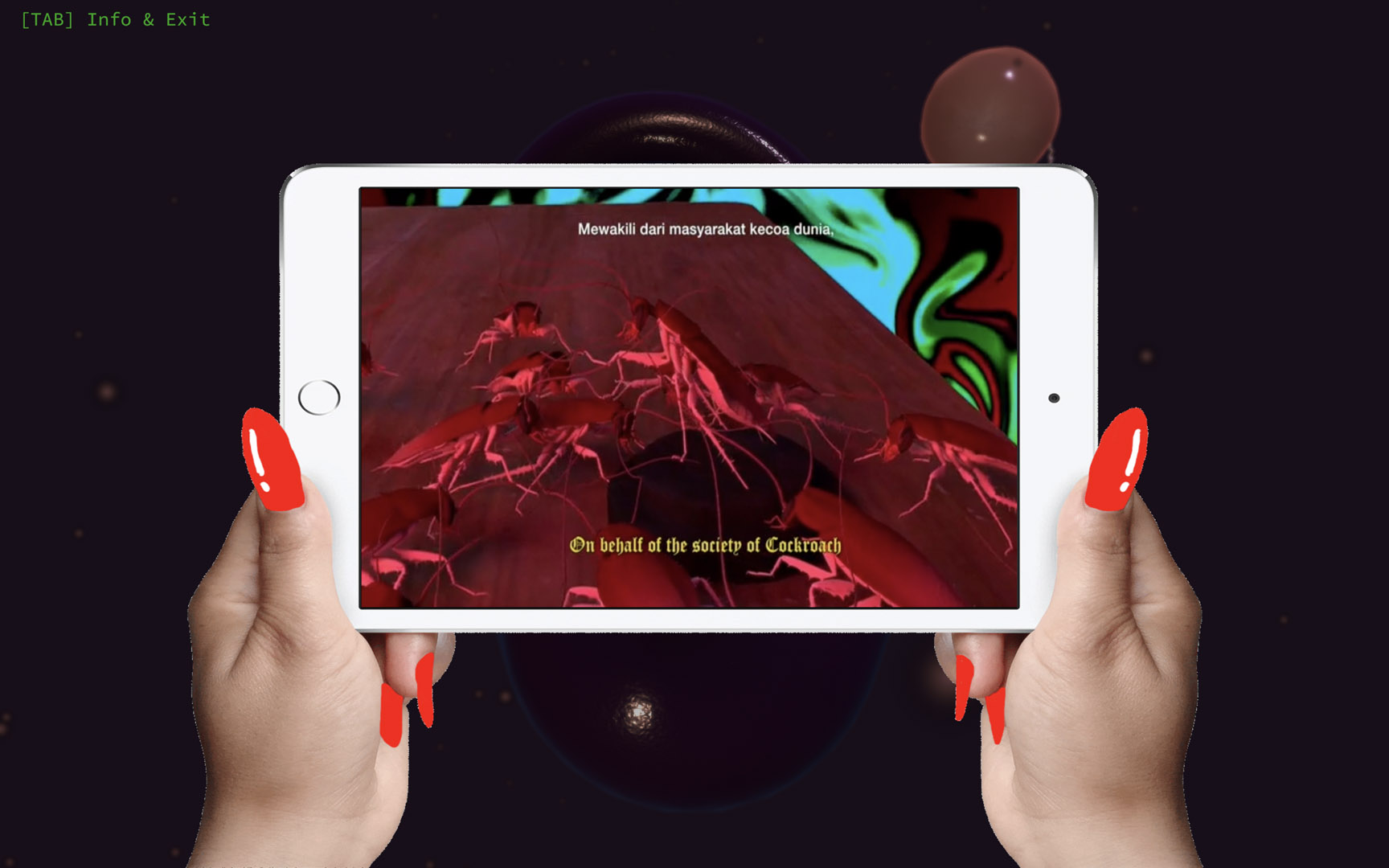
In CELL 001, after zigzagging between pillar drills and gas bottles, we are guided by the sound and light of TV screens — the only functional machines in a seemingly biological environment. Bruckner’s work is a collage of darkroom sci-fi, queer post-pornography, and extra-terrestrial social bonding. Bruckner approaches queer net pornography in terms of its affectively interwoven corporeality, formed between sensation, technology, and labour with the internet. SUB·RS toys with different accessibility parameters.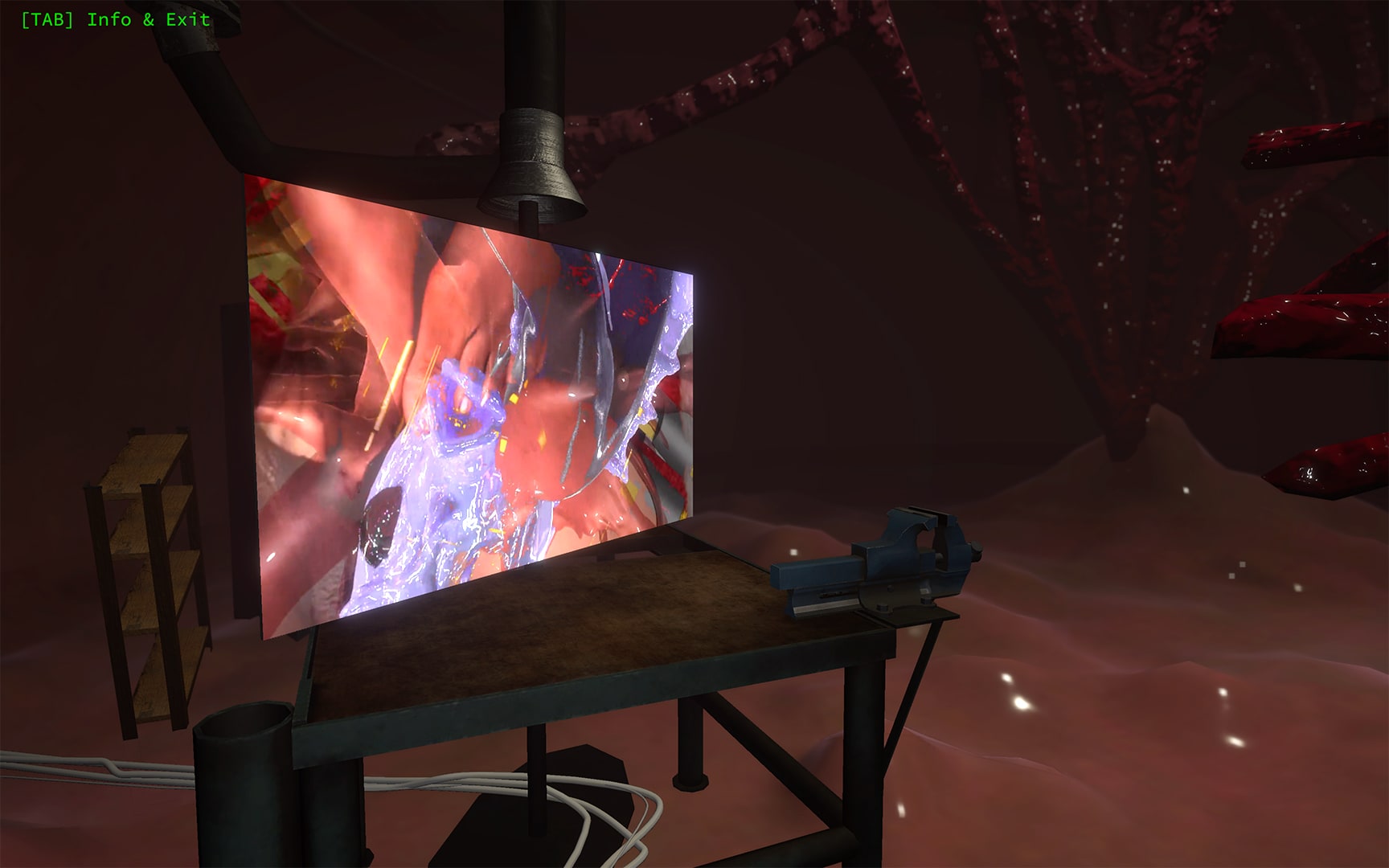
CELL 005 is a non-euclidean spiral; after completing two circles in either direction, the viewer finds a computer that prompts them to answer fifteen questions. Inspired by Gary Zhexi Zhang’s glossary Ponzi Scheme, 15Q is designed to operate as an information redistribution tool. In return for completing the questions, the viewer will receive the completed questionnaires of two unique future participants. The completed questionnaire is then shared with a previous participant. Presenting a combination of non-fictional and absurd security questions, the work addresses phenomena such as password fatigue — the feeling experienced when required to remember an excessive number of unique passphrases as part of the daily routine — and refers to the deteriorating quality of choices made by an individual after a long session of decision making.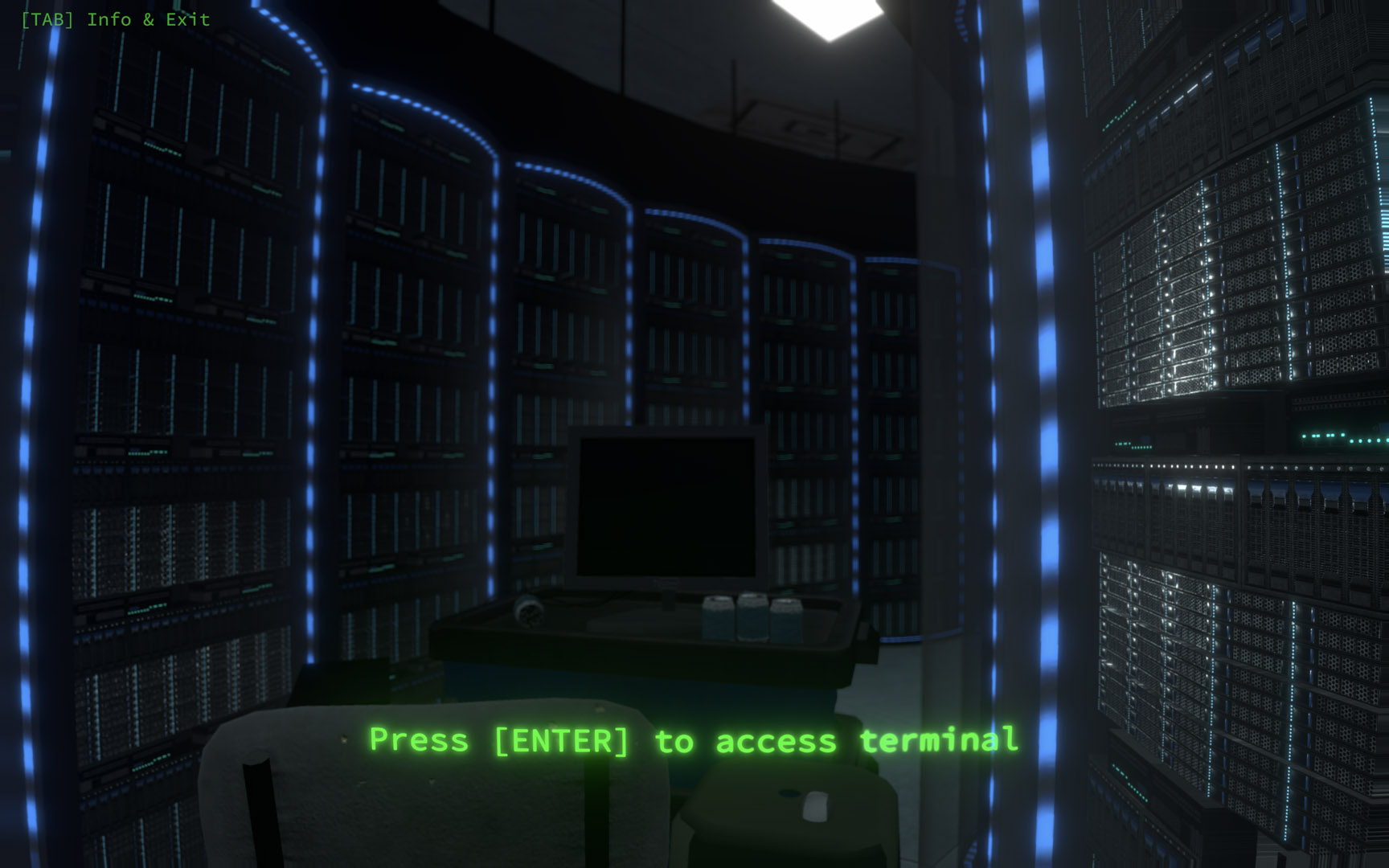
In CELL 004 sound emanates from a brain-textured membrane. DISNOVATION.ORG’s POST GROWTH PROTOTYPES puts provocative academic models to work in essays on biosphere work, solar income and social metabolism. The work, much like Zhang’s essay, identifies different systemic fluxes and employs language to illustrate categories that relate to economical structures. POST GROWTH PROTOTYPES prompts us to reflect on the taken for grantedness of our energy use.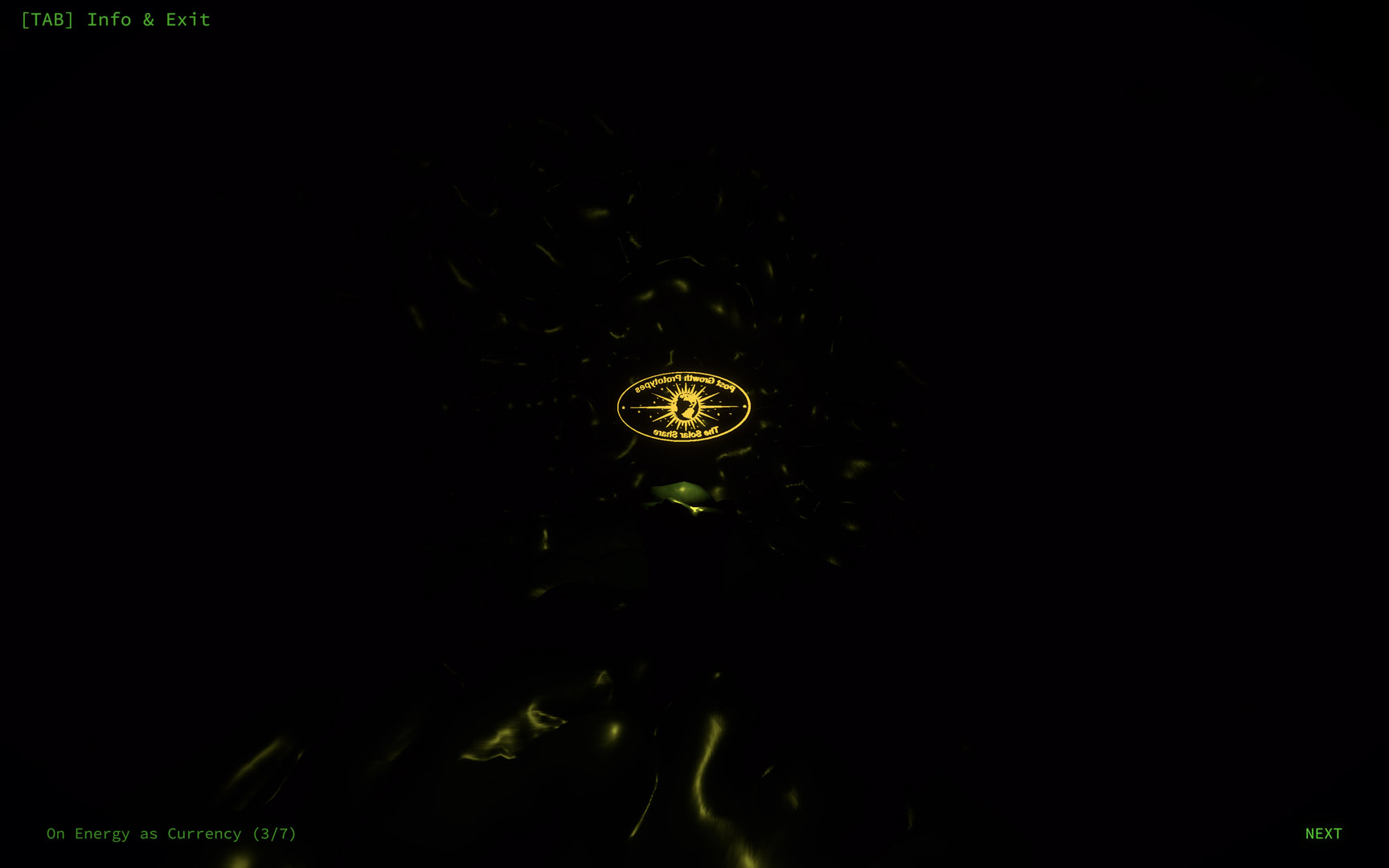
Similarly, Jubilee 2033 uses speculative fiction to hypothesize on internet futures and network alternatives. Zooming in on CELL 003, we penetrate its many layers, and find ourselves zooming out of the body into a vacuum, where Blas’s film re-imagines scenes from filmmaker Derek Jarman’s 1978 queer punk film Jubilee. CONTRA-INTERNET: Jubilee 2033 follows author Ayn Rand (Susanne Sachsse) and members of her Collective, including economist Alan Greenspan, on an acid trip in 1955. Guided by an artificial intelligence named Azuma, they are transported to a dystopian future Silicon Valley.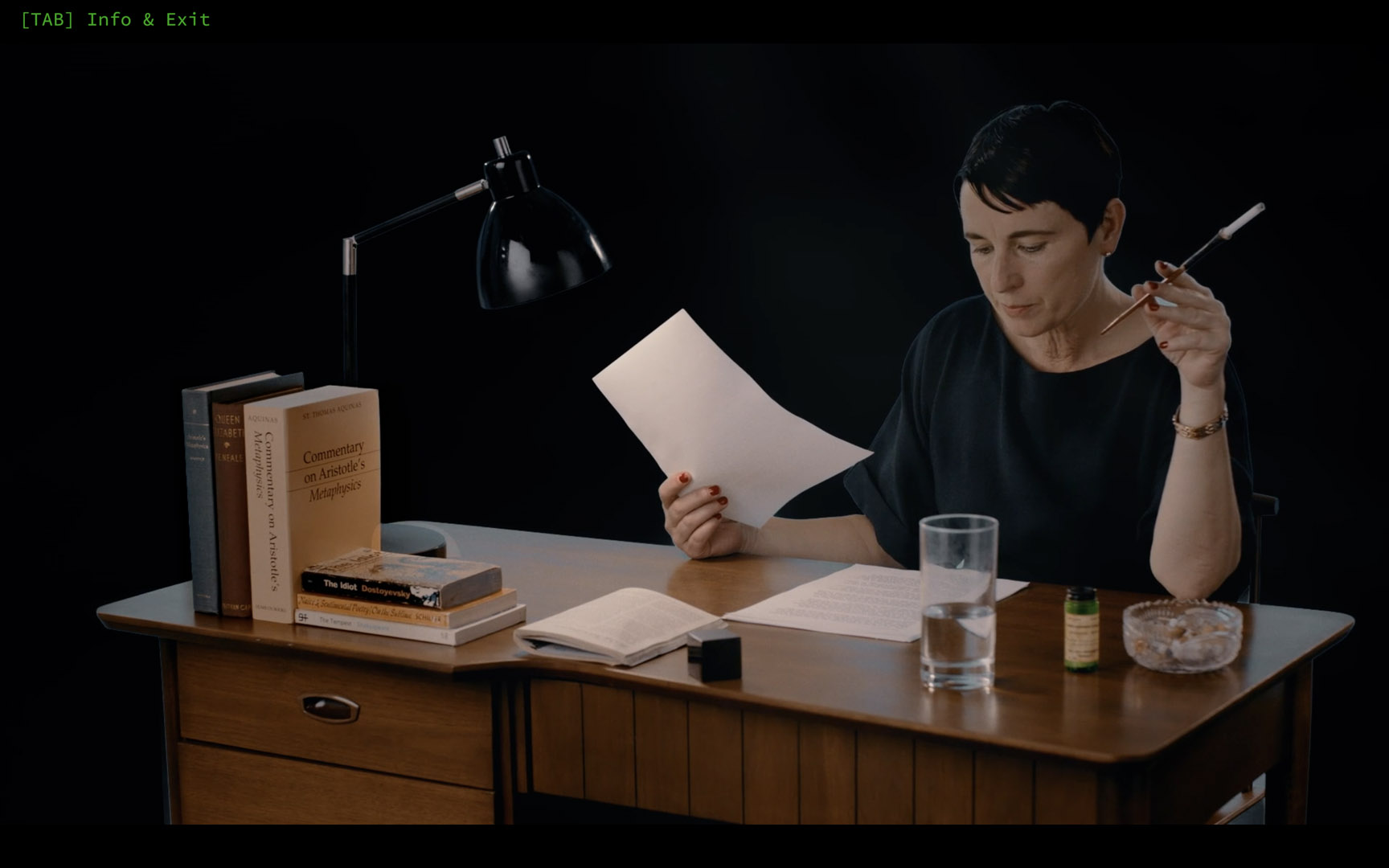
Zach Blas · Natasha Tontey · DISNOVATION.ORG · Johanna Bruckner · Gary Zhexi Zhang